« Carambolages », one of the most awaited exhibitions of the year at Grand Palais, is as extravagant and intelligent as its curator wanted it to be, and will probably create a certain amount of controversy. Its title means crashes in French and it was inaugurated on February 29 th! Jean-Hubert Martin, director of Centre Pompidou from 1987 to 1990 and curator of exhibition « Magiciens de la Terre », invented an « artistic game » with no captions, and the eye as the conducting medium, for enjoying the exhibition. « Listen to your eyes » by Maurizio Nannucci is used as a motto in neon letters in the first room. « You don’t need cultural references to enjoy a work of art » says the curator. He is leading our senses so we can understand what we see in reference to other works, from different periods and styles.
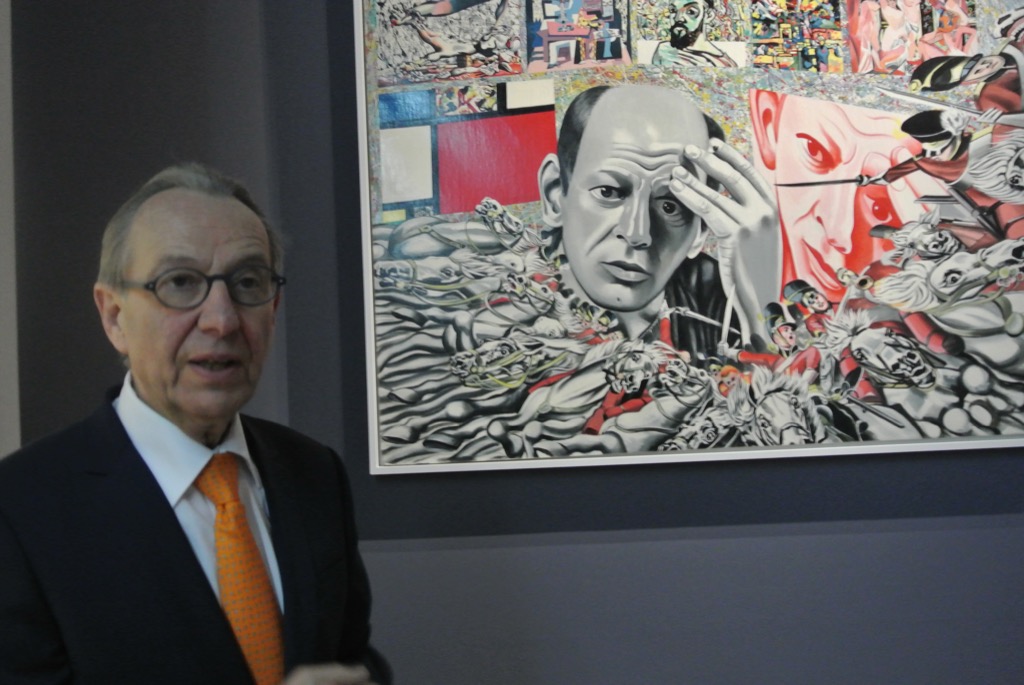
Jean-Hubert Martin states the rules of the game. Here in front of Erro, “Les origines de Pollock”, with different artists thinking about art.
There are 180 works, selected for their visual impact and their presence. Quoting Aby Warburg’s influence in cross-cultural exhibitions, Jean-Hubert Martin shows that he is not the first art historian to exhibit works of art in a personal order. Like Sir John Soane, in his London museum or Duc d‘Aumale, in Château de Chantilly, he acts as an utopian collector in this show, and underlines the importance of individuals having their way of seeing works of art.
People with no artistic education are strongly encouraged to visit this exhibition which appeals to personal sensitivity rather than culture. The lack of captions encourages instinctive judgement.

Afghan war carpet with, right Bertrand Lavier’s “Black et Decker”, 1998, and left a 19 th century Zulu spear-gun from South Africa.
I was lucky enough to run into Jean-Hubert Martin at the opening and asked him candidly if the magnificent deer woods in the second room were 18 th century. He replied with a kind smile, that they were Chinese from four hundred years before Christ. And yet their modernity had fooled me. This is the whole purpose of the exhibition which shows the most aesthetical and fascinating objects with an eternal quality.
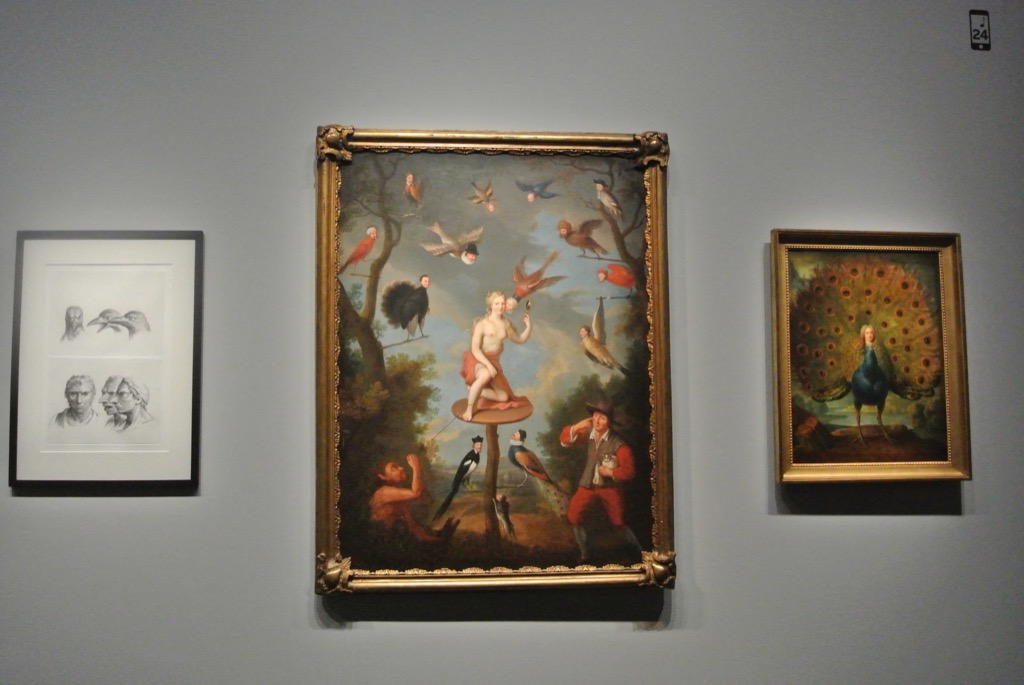
Ecole Françasie, “Owl hunting”, XVII th cent with “Three blackbird’s heads and three men’s heads”, drawing by Louis Pierre Baltard after Le Brun and “Louis-Antoine de Gontaut”, Ecole Française XVII th cent.
There are a few nicely erotic pieces starting with Odiot’s gold cup moulded on Pauline Borghese’s breast and Man Ray’s “Monument to D.A.F by Sade”. And more African sticks or Indonesian sculptures. Curious works like “Gouttière de s’Gravesande”, a sort of scientific game, “La Grande Ourse” represented by Korean scientists, a navigation card in wood from Oceania, an anorak from Alaska. They are all puzzling. And the chess game by Maurizio Cattelan with “Good versus Evil” represented by contemporary celebrities, is already a matter of discussion among the public.
There are interesting window boxes with tools and weapons from all continents. Bowls in china from Rouen, Iran or from the Tang dynasty… Crucifixes made with bullets during the war in the trenches, or by contemporary Belgian artist Wim Delvoye.
It is a completely international exhibition ranging over thousands of years. Martin says his conversations with Australian collector David Walsh (who opened the Museum of Old and New art, MONA, in Hobarth) comforted him with his vision of art. Contemporary art is well represented with Spoerri, Erro, Anne et Patrick Poirier, Bertrand Lavier, Wim Delvoye, Boltanski, Annette Messager, and even Hergé! But so is primitive art from all over the world.
There is very little photography but quite a few screens showing how old sculptures open and close or others giving well needed captions. If you have a smart phone, make sure to download all captions at the entrance.
This exhibition is a little challenging to the brains, but a great excitement to the eye, for there are so many brilliant paintings or sculptures, that I had never seen and are strikingly beautiful. It feels like opening a cupboard full of treasures.
You might remember Jean Hubert Martin’s exhibition, « Une image peut en cacher une autre » at Grand Palais in 2009. It was already leading the visitor to play and enjoy his own show.
This exhibition, which allies imagination and vision and a huge knowledge of art history, was prepared over a 15 year period. It should draw a lot of curious art lovers and already fills conversations at dinner parties, between art collectors.
And reading the clever catalog is an extra bonus. You rediscover the art you have just seen and realize how sequences work. The best spent 50€! (Grand Palais, until July 4th)
Share this Post
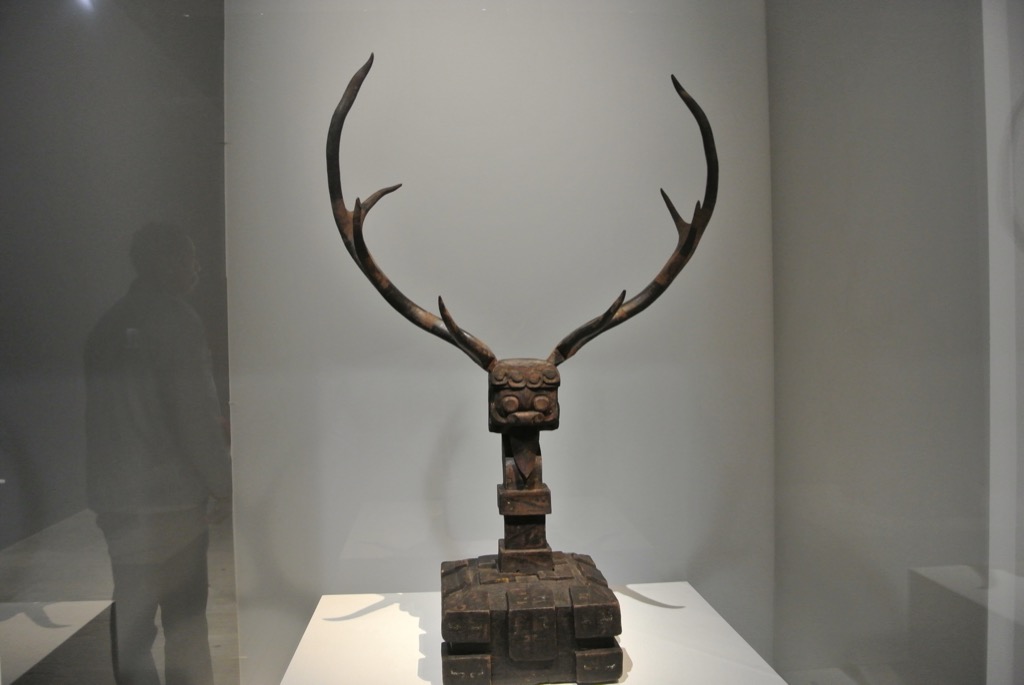
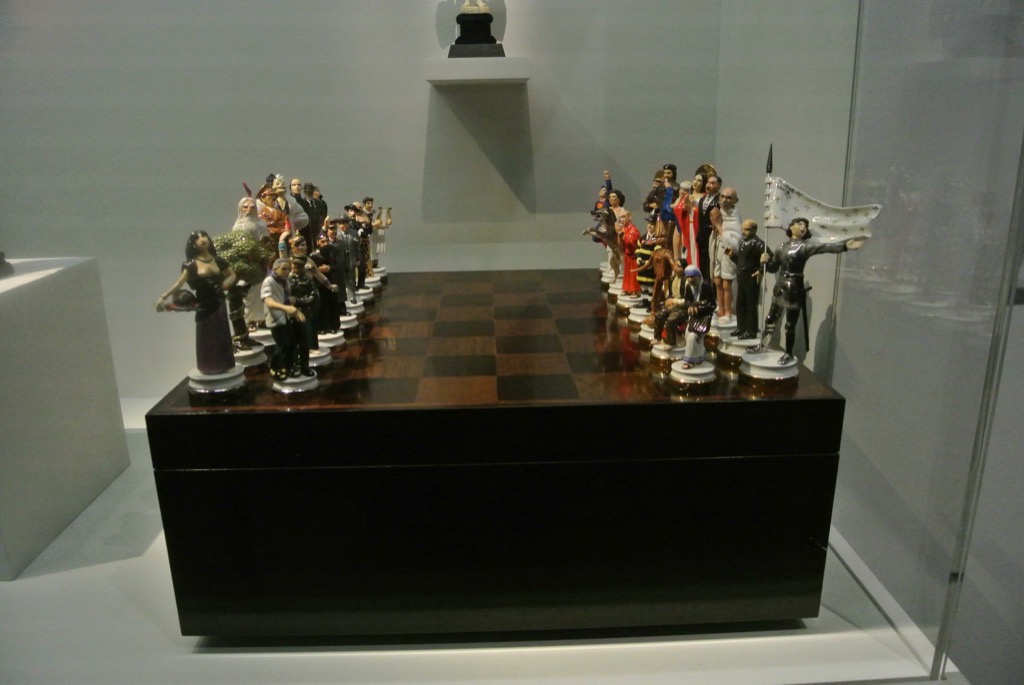
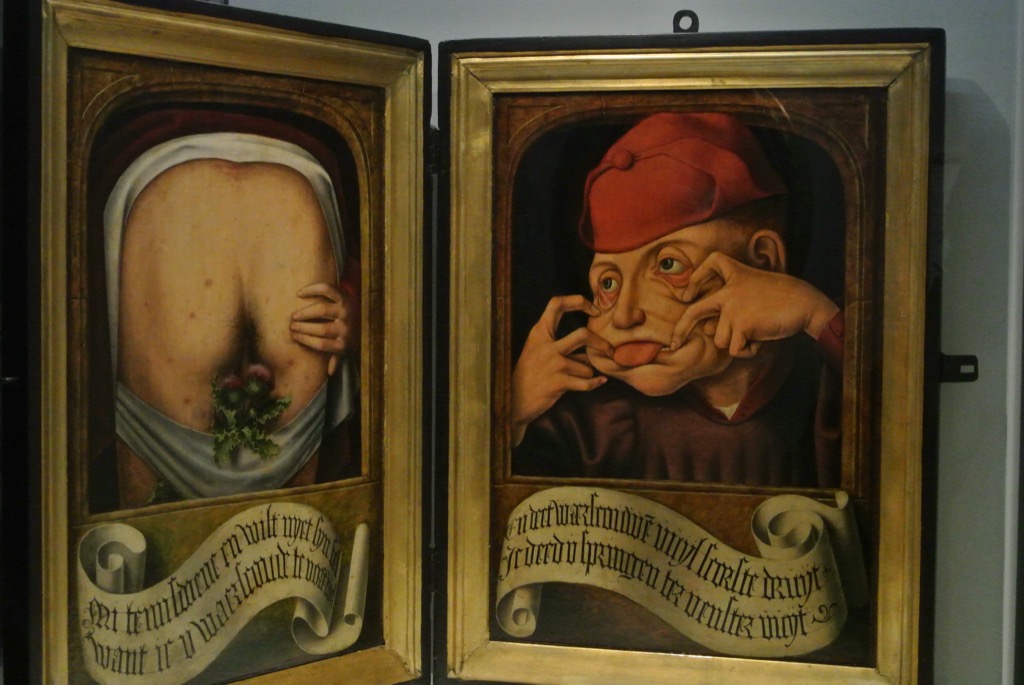
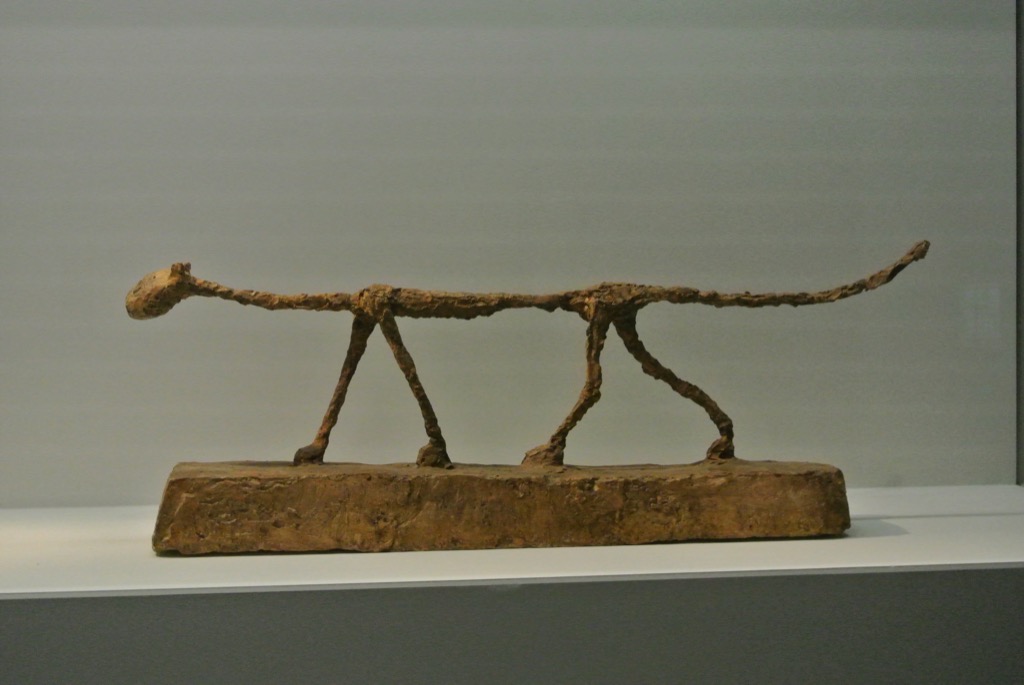
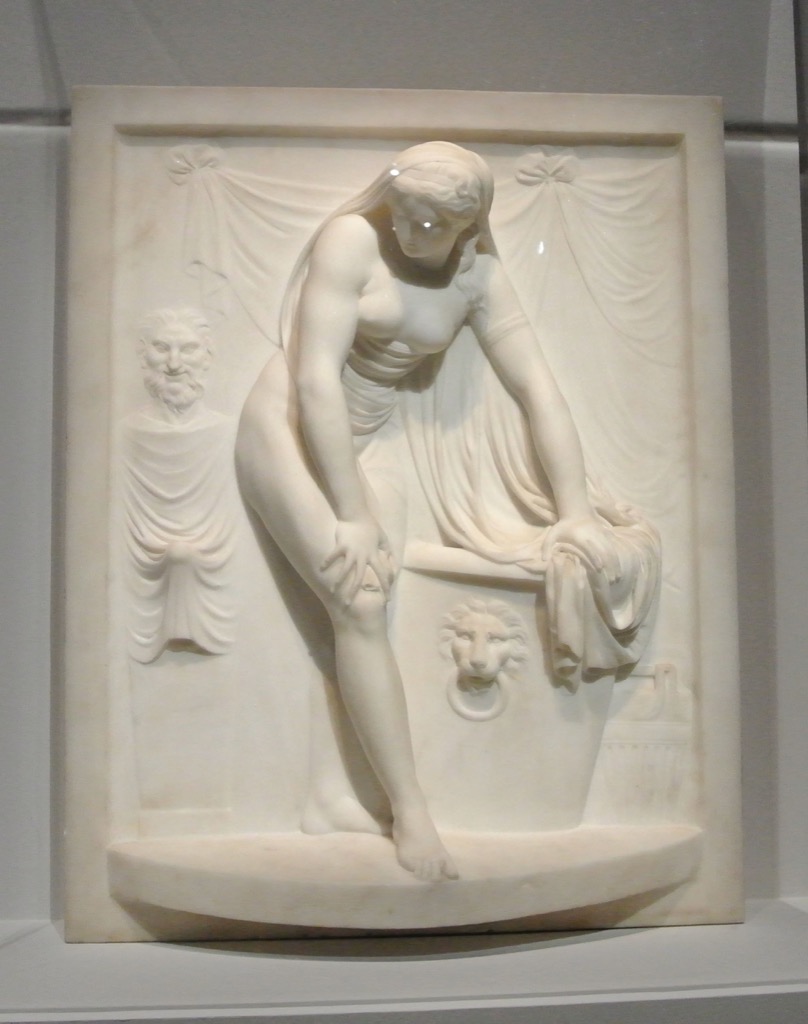
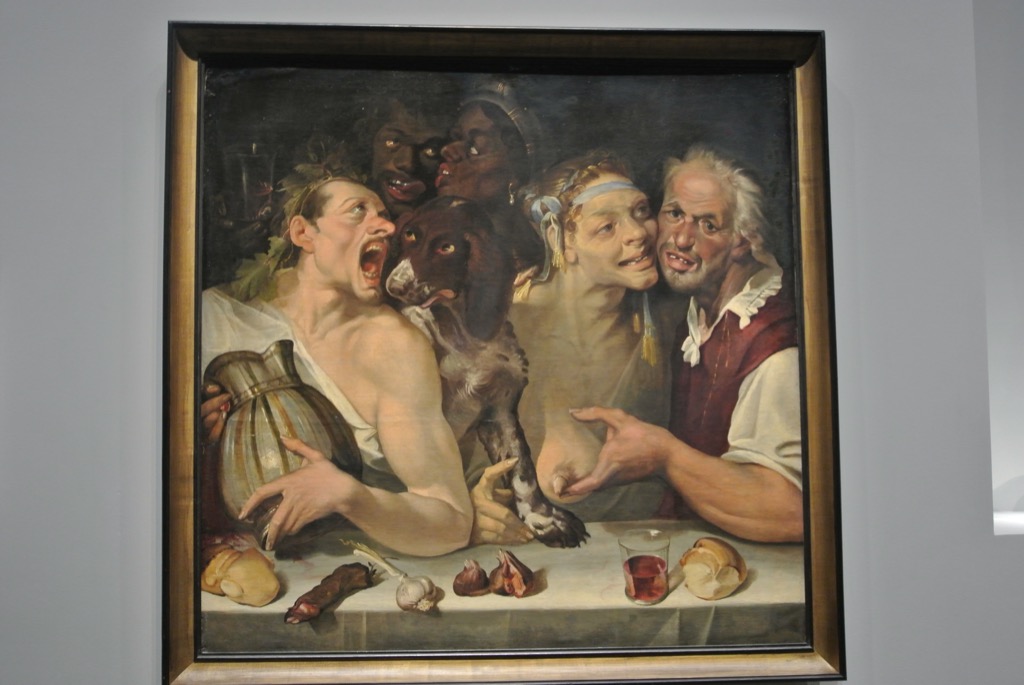
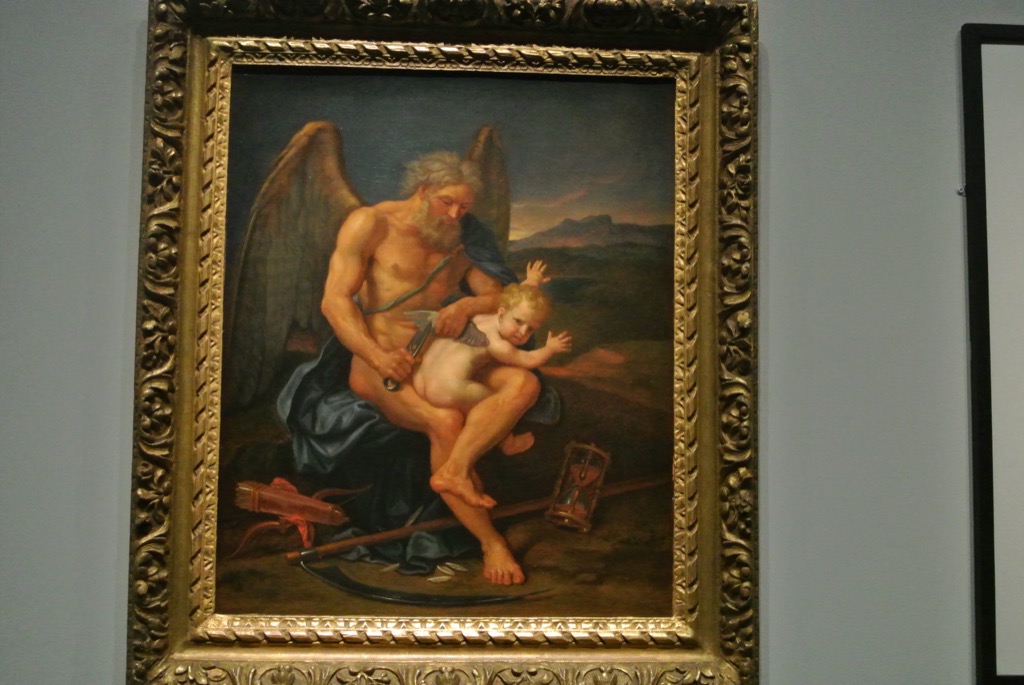
2 Comments on ““Listen with your eyes” by Jean-Hubert Martin”
Thanks for this fabulous review, Laure. Great photos, too. A delight for the eye and the brain.
Thank you for the excellent review. it was accurate and informative..I have seen the exhibition and you did an exceptional post